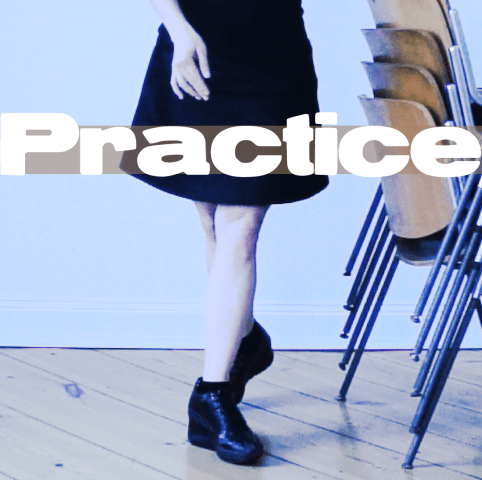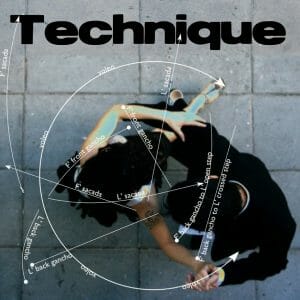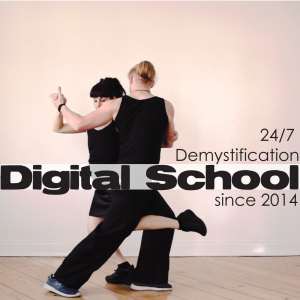Tim Ferriss is the guy loved and hated for writing a book called The 4 Hour Work Week many years ago. What’s impressive about him is how many different things he’s done, including assaulting Argentine Tango for six months so he could compete in the Mundial. He’s a sporty guys-guy who also talks about depression. On his podcast he interviews top people from all industries from entrepreneurs to artists. He’s especially interested in body, fitness, and health. Two recent podcasts contained some insights I want to pass on to tango folk.
Each episode is long and conversational, exploring a lot of territory. If you’re impatient you can scan the transcripts.
Sports Physiologist Eric Cressey is focused on low back pain. In this interview he debunks standard diagnostic and physiotherapy techniques. Here are the recommendations I found innovative and useful for dancers as lifetime athletes:
- become aware of your most common back movements (extension/arching or flexing/rounding) and integrate the opposite into your exercise regime
- expose yourself to new movement patterns
- increase the range of motion and amplitude of familiar and unfamiliar movements
- look for multi-joint movements
- anything that allows your shoulder blade to move freely in space
- look for activities with high velocity that involve change of direction
- Particularly relevant for tango dancers’ lower back pain is using the gluts for hip extension. “That’s the ability to get your upper leg behind your body” (back steps and voleos) “When we don’t have adequate hip extension, we go somewhere else to substitute for it. You get lumbar extension instead of hip extension. When the gluts don’t really do their job at terminal hip extension, you get a very hamstrings-dominant pattern. Because of the way the hamstrings attach, and your pelvis will actually wind up with an irritation in the front of the hip.”
- learn about fascia: “what is all this stuff in the way that wasn’t in any of these anatomy charts? Fascia is very, very important in how it restricts or optimizes mobility, how it helps us to transfer force.” For fascia there are lots of different therapies, usually involving touch.
Dr. Kelly Starrett is focused on functional fitness, being a “durable person” who can continue to “move the way you want as you age”. His newest book, Built to Move, acknowledges that the fitness industry has not served everybody. It doesn’t help people get started, and it assumes people have time. “When are you going to do it?” And being durable does not require intense fitness routines.
Here are some important exercises for durability:
- Even many athletes can’t it on the ground for 30 minutes without having to fidget. But it’s a basic skill for durability. “hips get reset, you’re putting fascia into certain positions, you’re maintaining key ranges of motion.”
- Get up and down off the ground without using your hands.
- Sleep: “seven hours for survival, eight hours for doing something that’s important to me.”
- Walk: to improve sleep, increase walking to 10,000 steps per day. walking also decongests the lymph system, clearing toxins out of your body
- Balance: any kind of balance exercise, while making coffee, talking on the phone. Stand on one leg with your eyes closed. Put a balance tool in your kitchen or office, like Slack Block or a pilates Balance Board “We have this friend named Chris Hinshaw who’s a great coach, and he discovered this thing called putting your shoes on. He calls it the old man test. And all you have to do is stand on one leg, use your hands, bend over, pick up your sock without putting your other foot down, put on your sock on one leg, and then put on your shoe, all standing on one leg.”
- sitting with your legs straight out in front of you
- do any kind of position holding your arms over your head (lots of yoga poses for this). These exercises produce “healthier shoulders and untangle seemingly complex problems around neck pain, because your neck, your shoulder, and your back are a trifecta.”
- any kind of load-bearing exercise
- Squatting: “big butt, ass to grass squat. One of the ways to restore your back and to get flexion in your spine.”
- hip extension: yoga moves, lunges…
“Be consistent before you’re heroic. Wait for it, the glacial pace is the breakneck pace. It takes time to make change. Your body is there for you.”
Hip extension


Squat

Here’s a combination hip extension and squat!














